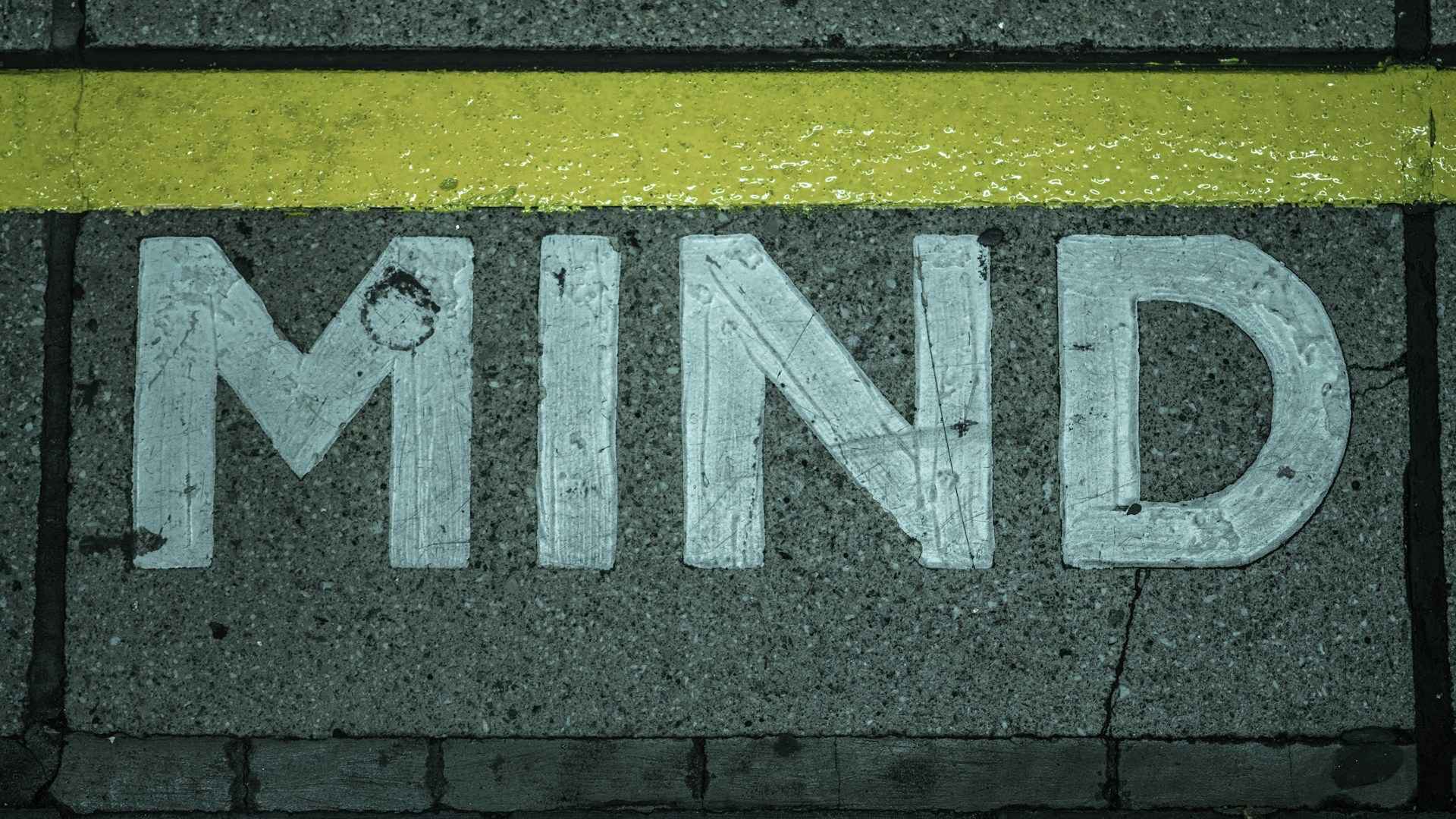

Are Mentalist Shows Entertaining?
When you hear the word ‘telepathy’, what is the image that springs to mind (pun intended)? Is it Eleven from Stranger Things, communicating with her friends directly through her thoughts? Is it a lab experiment, with some poor soul attached to electrodes and machines measuring their mysterious brain waves? Or is it a theatre auditorium with people laughing in surprise and amazement?
Mentalist shows – clever theatre or real magic?
A mentalist show doesn’t have to take place in an actual theatre, or on a real stage, but it does need an audience. It is similar to the show of a magician or an illusionist but with one major difference: rather than being based around physical tricks and illusions, mentalism plays with the minds of the selected audience members. A magician or an illusionist will typically make things appear, change and disappear – but a mentalist will reveal predictions and appear to be really reading the thoughts of the people taking part in the act. He or she will be placing words and images in their minds, foretelling their choices and entertaining everyone with wild feats of what look like supernatural abilities.
Is any of it real? Well, if mental telepathy meaning is that of direct communication between minds without any sensory perception, then a mentalist show isn’t entirely ‘real’. However: while it is not possible to actually read other people’s thoughts, a good mentalist will be extremely proficient at reading body language, suggestion and hypnosis, memory stunts, guided imagery, creation of subtle distractions and many other skills. All of that help to create an illusion of ‘real’ telepathy, to the absolute delight of the audience.
The origins of mentalism
Contemporary mentalism is a performing art, delivered by a mind-manipulation artist who is an expert in human psychology combined with showmanship. But throughout history in many societies there was a belief in oracles, seers and others who claimed to have supernatural powers and the ability to see the future.
The first recorded mentalism act took place during a performance in 1572, by a magician called Girolamo Scotto.
In the 19th century, the Spiritualist movement peaked, with rising popularity of seances and mediumships, and a belief that some people had the gift to communicate with the spirits. The Davenport Brothers were amongst the first to include mentalism-type acts into their show and, while they initially claimed supernatural powers and eventually admitted to performance tricks, they nevertheless opened the way to the art of mentalism as we know it today.
During the 20th century, mentalism started to officially distinguish itself from traditional magic shows, and mentalists started to specialise in acts such as mind-reading and prediction.
Contemporary mentalism
Today, successful mentalists enjoy a reputation as terrific entertainers and have even wowed audiences of hugely popular television shows such as America’s Got Talent. So next time you see an advert for a mentalism show near you, don’t miss your chance to see one of these incredible artists in action.
And now, just before you go:
Look into my eyes….


- AVALAN ROKSTON Cover Interview
- Raver Passport: Summer Destinations
- Baleric Beat: A Brief History of Ibiza's Iconic Sound

